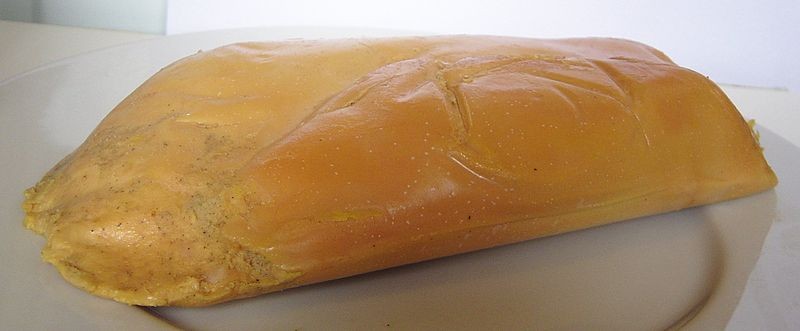
See also:
–Get Foie Gras–On Your T-Shirt
-Foie Gras Lovers, Haters, Fought for Foie Last Night at Haven Gastropub Foie Dinner
-Farewell To Foie: Everyone Gets a Pound of Foie Gras at The Playground's $130 Dinner Event
“Foie gras is cruel. Those poor ducks.”
The anti-foie gras people, of course, don't want to ban just foie gras.
Many of them would like to ban meat altogether as cruel, forcing
everyone to espouse a vegetarian diet. While there's nothing wrong with
being vegetarian, let's not pretend that vegetables just magically
spring up out of the ground and fly with magic dust through the air to
your crisper drawer. There's a human cost to any food, and the larger
the production, the higher the human cost. Here are five examples.
]
5. Sugar

Where do you suppose the first people kidnapped from Africa were put to work? Not in cotton fields in Alabama. Not in rice paddies in South Carolina. No, American slavery started with sugar, and while outright slavery in the Caribbean is relatively rare, a lot of sugar involves working conditions that would shock even the most hardened American social worker.
4. Lettuce
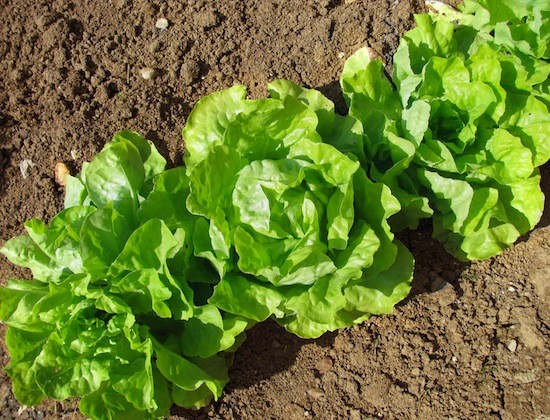
When you look at a bag of commercial lettuce, you probably just see some rapidly wilting leaves acting in concert to create that inimitable stench that you get from opening the bag. When I look at a bag of commercial lettuce, I remember the time I broke down on some back road in the Central Valley, in 110ºF heat, next to a lettuce field full of migrant workers being paid by the piece. You can't tell me the backbreaking labor involved in large-scale lettuce harvesting is less cruel than overfeeding ducks.
3. Chocolate
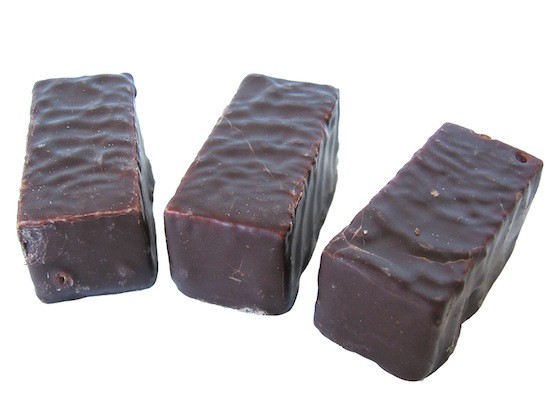
Guess what, Californians? Chocolate doesn't grow here, or in social welfare-oriented northern Europe, or Japan. Chocolate grows in the tropics, where American and European firms compete to see who can get the most cacao beans for the least money–and that means underpaid labor at best and child slave labor at worst. Oh, you don't want to pay for fair-trade chocolate?
[
2. Strawberries
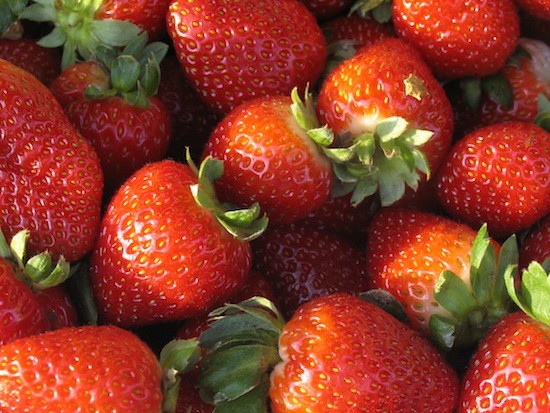
This one happens right here in the United States. ABC News found evidence of child labor in strawberry fields right here on the West Coast. Strawberries have to be harvested by hand, and the wages are nearly criminally low. Go to a strawberry patch–there are a bunch around here–and pick strawberries for an hour. Now imagine doing it every day from sunup to sundown, and imagine your nine-year-old daughter doing it. Just because George Hoffman Farms and Berry Good Farms got caught doesn't mean they're the only ones.
1. Tomatoes
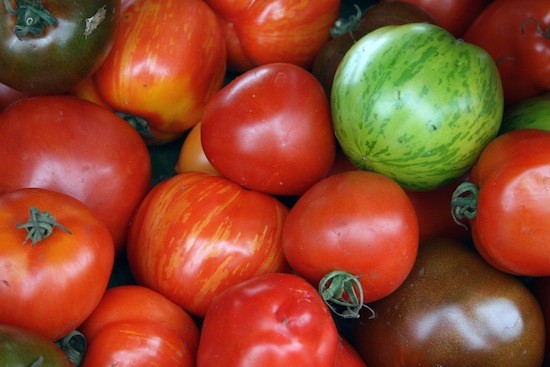
We use tomatoes for everything–can you imagine the American diet without ketchup, marinara sauce, and salsa?–but then there's the labor required to get tomatoes from the vine to the table. The Coalition for Immokalee Workers lobbied for years to get big-box retailers to pay one penny–one damn metal penny–a pound more in order to improve the lives of workers. Finally, the logjam broke; that one penny a pound funded education, participatory healthcare, and the improvement of some of the worst working conditions in America. Buy a copy of Barry Estabrook's book, Tomatoland. Find out for yourself.
PETA, heal thyself.
Follow Stick a Fork In It on Twitter @ocweeklyfood or on Facebook! And don't forget to download our free Best Of App here!

